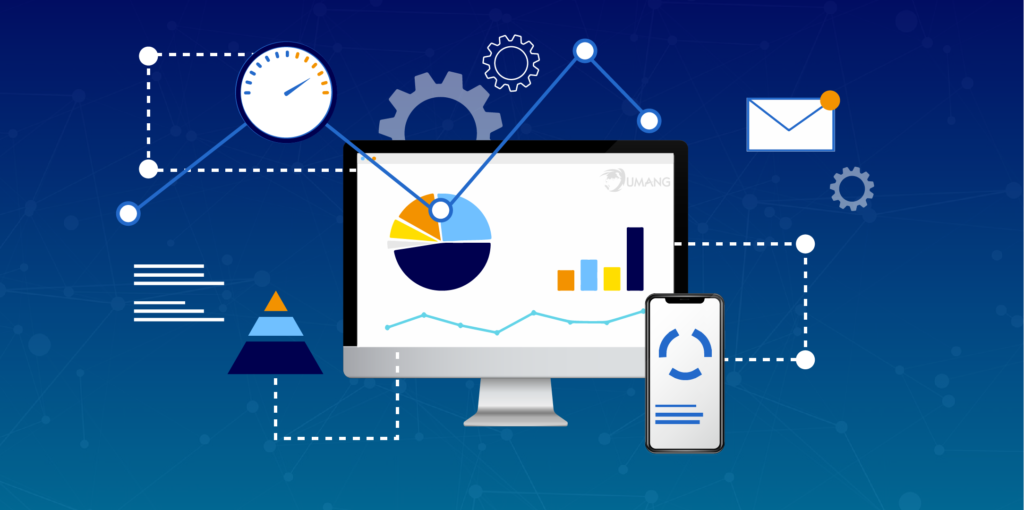The websites have become the de-facto benchmark for communication with customers, prospects, partners, employees, and other interested people. At present dot.com time, many businesses are failed to maintain an effective website that is visually appealing and engaging to the user.
A website is a reflection of a company. It generates revenue, engages the customers, and shows the transparency of the business and what the company is doing for its users. As the designer is responsible only for managing website functions, it is also the marketing department’s responsibility to drive this online channel ahead and create a competitive benefit in the online platform.

Let’s assess how to evaluate website effectiveness and enhance the marketing efforts to lead the business forward:
1. Understand the purpose of Your Website:
Every website is not designed similarly, and every website has a different approach to increase its effectiveness. The analysis of the website should do by collecting metrics and tactical data. But before analyzing any aspect, you should evaluate the website’s current position by brainstorming all the elements and solutions to design the strategy to analyze the website’s effectiveness.
Every web analysis should perform with a purpose and deep dive to analyze what you exactly want. With every new website launch, the business wants visitors are converting into their customers and earn dollars from that. If your website has massive traffic but does not give you the desired result, implementing necessary changes is essential.
2. Behavior Analytics Tool:
The business owner keeps an eye on their website that it works efficiently or not. The behavior analytics device goes way beyond traditional strategies of locating out whether or not your web page interests the viewer. If they go to the site more than once, what are they seeking out in the section? All this information is highlight under the behavior analytic tool.
These tools provide you all the information about the customer behavior, like what, how they are looking for information. Various buttons, CTAs, CRM systems, email sign-up, and different essential insights assist in finding the ability issues and optimize the engagement, retention, and realistic evaluation of the website.
3. Website Speed Tool:
An effective website does not take too much time to load. Websites that buffer a lot make the viewers impatient and lose their interest. This creates an impact to lower visitor count, and it reduces the website ranking on search engines. So it is essential to equip a website speed tool that enables your site to load speedily. Gathering the information about what creates the hindrance in website overall speed and functionality is essential to eliminate customer dissatisfaction. Hence it is necessary to enhance the webpage loading speed to optimize the overall user experience.
4. Competitive Analysis
Many businesses are ranking on the top, and they provide similar services to the audiences. With competitive analysis, it is easy to identify and analyze what your competitive company is doing and identify the opportunities and threats they face. This analysis is highly important for understanding the site’s effectiveness that where your website stands.
5. Average Time Spent by Viewer
Besides the traffic and bounce rate of the customer, the time spent by the audience on your site is essential. It is crucial data that indicates the engagement of the viewers with the website. The time spends by the viewer on the website is determines that how your websites are informative and engaging. The average time spends by the viewer on the website is about 2 to 3 minutes.
If the user spends only a few seconds on the website, it means the website fails to deliver relevant content, and if they spend more time, it means they are highly engaged with the content. Therefore evaluating the time spent is an essential aspect of analyzing the effectiveness of a website.
6. Feedback from Audience
Customer feedback helps website owners to understand what the visitors have to say and any significant changes. Direct interaction from the clients allows deciding the drivers that lead them to your website. Customer feedback is essential for improving different client experiences and future product and website development.
Conclusion:
Conduct a thoroughly brief website effectiveness evaluation to decide if you can generate extra leads and enhance your company image by updating, upgrading, or re-tooling your modern website. Market leaders, growing start-ups, and constant producers all want to communicate clearly with customers, prospects, investors, potential employees, and different key stakeholders.